Thanks to the James Webb Space Telescope (JWST), a research team led by Professor Adam Burgasser (University of California San Diego, USA) discovered phosphine gas (PH₃) in the atmosphere of Wolf 1130C, a metal-poor brown dwarf in the triple star system Wolf 1130ABC, located in the constellation Cygnus.
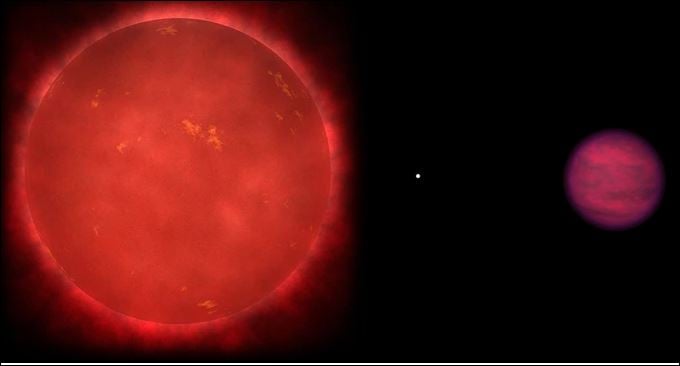
The three-star system Wolf 1130ABC, in which the brown dwarf Wolf 1130C, where the "gas of life" phosphine appears, is located on the far right - Graphic image: Adam Burgasser
Brown dwarfs are often referred to as “failed stars,” too large to be planets, but not massive enough to sustain nuclear fusion like a real star. As a result, they become “half-baked” worlds , hovering between two cosmic boundaries.
The discovery of phosphine here surprised astronomers. Traces of this gas had previously been detected in the atmosphere of Venus, sparking heated debate about the possibility of microbial life. In astronomy, phosphine is considered a “biomarker”, one of the compounds that can suggest organic life.
However, phosphine isn’t just made by living things. It can form naturally in hydrogen-rich environments like Jupiter or Saturn. What makes Wolf 1130C special is that the phosphine gas occurs in an oxygen-poor, metal-poor atmosphere, conditions that are inherently unfavorable for the compound’s formation.
According to Dr. Eileen Gonzales (San Francisco State University, USA), co-author of the study, the team used a modeling technique called “atmospheric capture” to trace the phosphine and how it was created.
“It is possible that in oxygen-poor environments like Wolf 1130C, phosphorus is not bound to oxygen to form phosphorus trioxide, but combines with abundant hydrogen to form phosphine,” she explains.
Another hypothesis suggests that phosphorus is supplied from the white dwarf star Wolf 1130B in the same star system.
While the team did not expect to find life at Wolf 1130C, the discovery opens up new avenues for better understanding the galaxy's phosphorus cycle, an important element of life's chemistry.
Determining exactly how phosphine forms in different environments will help scientists distinguish true biomarkers from natural chemical reactions when observing Earth-like planets in the future.
“Wolf 1130C may not harbor life, but it teaches us how to recognize life when it does appear,” the team concludes.
Source: https://doanhnghiepvn.vn/cong-nghe/phat-hien-dau-an-su-song-tren-mot-ngoi-sao-bi-hong/20251007073142132





![[Photo] Worshiping the Tuyet Son statue - a nearly 400-year-old treasure at Keo Pagoda](/_next/image?url=https%3A%2F%2Fvphoto.vietnam.vn%2Fthumb%2F1200x675%2Fvietnam%2Fresource%2FIMAGE%2F2025%2F12%2F02%2F1764679323086_ndo_br_tempimageomw0hi-4884-jpg.webp&w=3840&q=75)

![[Photo] Parade to celebrate the 50th anniversary of Laos' National Day](/_next/image?url=https%3A%2F%2Fvphoto.vietnam.vn%2Fthumb%2F1200x675%2Fvietnam%2Fresource%2FIMAGE%2F2025%2F12%2F02%2F1764691918289_ndo_br_0-jpg.webp&w=3840&q=75)
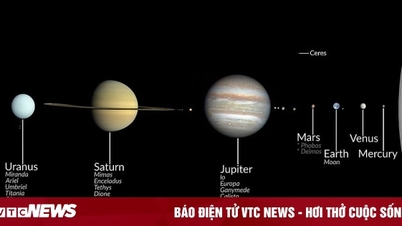

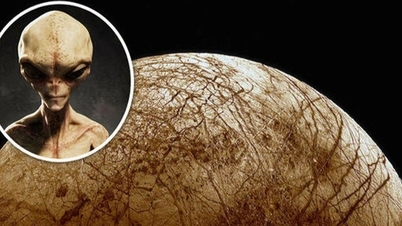














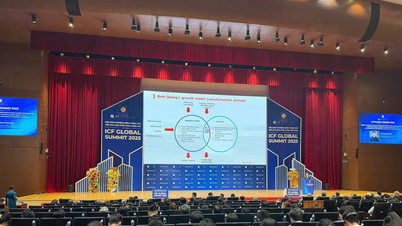

















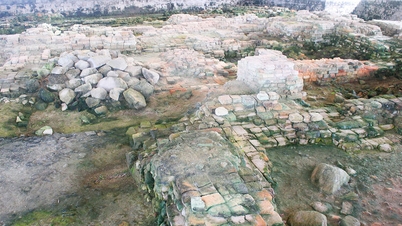



































































Comment (0)